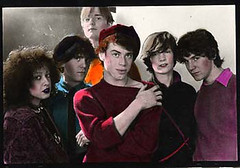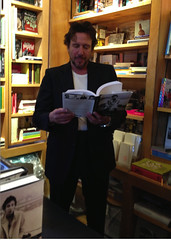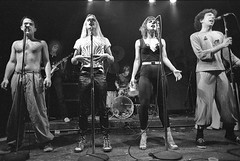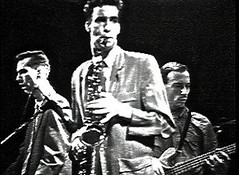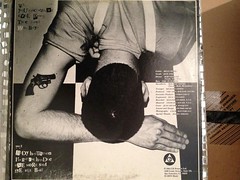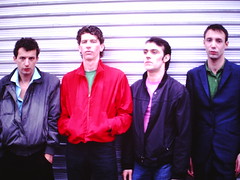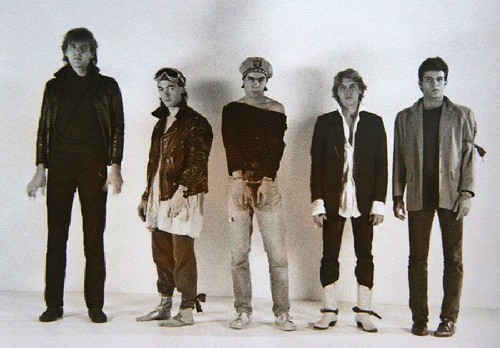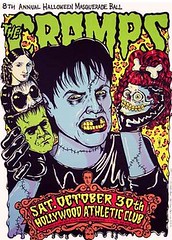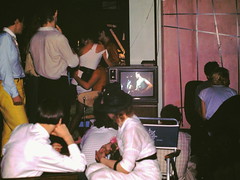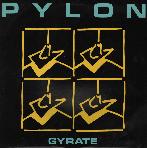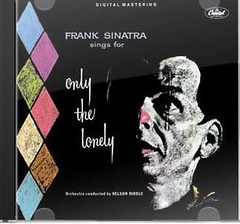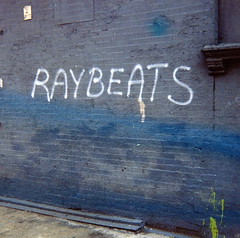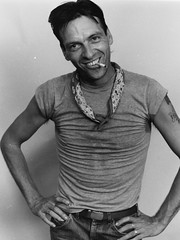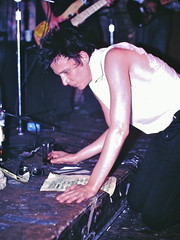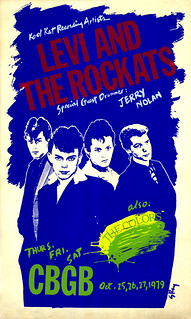Pat Ivers and Emily Armstrong are sifting through their voluminous archive of punk-era concert footage as it’s digitized for the Downtown Collection at N.Y.U.’s Fales Library.
Described by the Soho Weekly News as “New York’s best party band,” Strange Party was a witty, stylish group serving up a fizzy cocktail of performance art with a dash of Latin-infused new wave. They were a huge outfit with six backup musicians and four vocalists upfront. And what vocalists! Led by downtown art star Joey Arias, the quartet was rounded out by Tony Frere, Paige Wood, and Janus Budde. They were eccentric and compelling — their guitarist George Elliot once described the band as “a little like heavy metal Ricky Ricardo.” Joey suggested they were just trying to turn art into fun.
Strange Party’s look was as unique as their sound. Tony Frere remembers Betsey Johnson occasionally lending a styling hand, but for the most part, their image was based on their own individual style. Still, as Kristian Hoffman (ex-Mumps, Contortions) told us, there could be no Strange Party without Klaus Nomi. Klaus was a German-born, downtown legend. Known for his wildly stylized makeup and theatrical performances, he was as likely to sing operatic arias as a cover of “The Twist.” In 1978, he got his start at Club 57’s New Age Vaudeville show, auditioning for Ann Magnuson. “He came on at the end,” Hoffman said, “and no one would believe that he was really singing because his voice was so beautiful. I formed a band with him right after that and I helped guide him from opera to pop-era.”
Read more…





